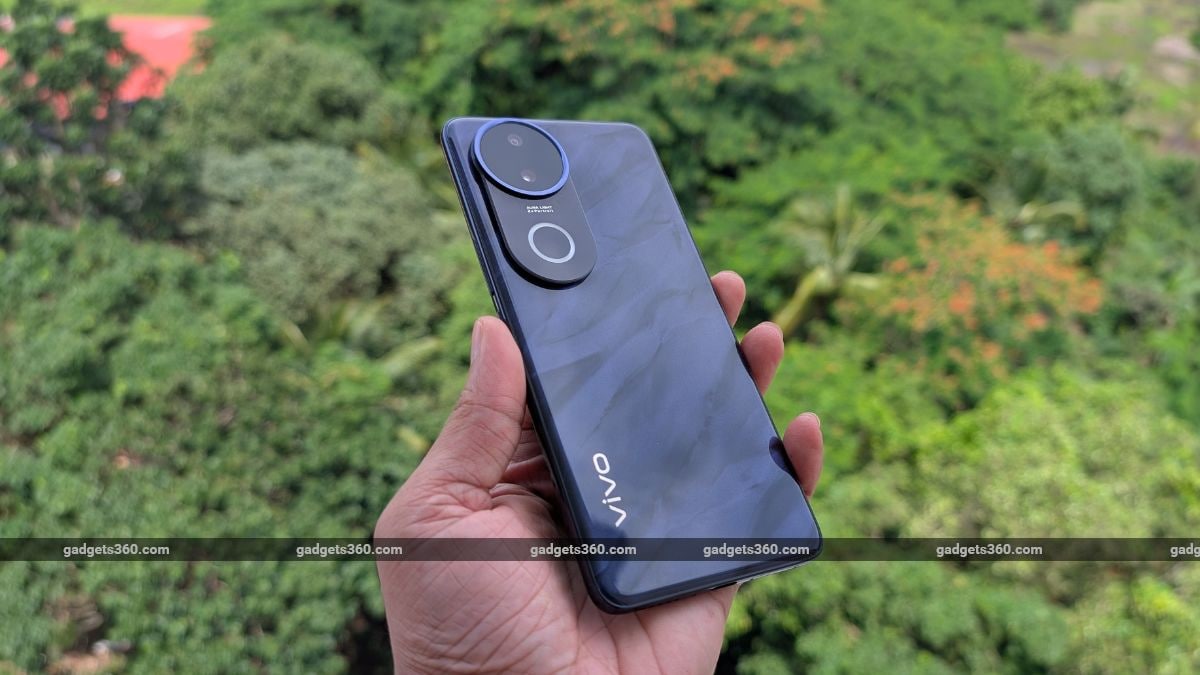

After launching the Vivo V50 in India this February, Vivo followed up with the more affordable
Daylight shots from the main and ultrawide rear cameras
The primary rear camera also captures good images in low-light conditions by automatically using a longer exposure. However, you’ll find some noise and glare from light sources. The ultrawide camera, on the other hand, produces noisy and soft images.![]()
Lowlight photos from main and ultrawide [Tap to expand]
Now, let’s discuss battery life, which, to be honest, impressed me the most. The phone packs a 5,600mAh battery, slightly more than the 5,500mAh unit on the V40e. You get slightly faster charging at 90W with the charger included in the box. In the PCMark battery test, the phone lasted 23 hours and 42 minutes. In daily usage, it delivered 6-7 hours of screen-on time with ease. As for charging, the 90W charger enabled the phone to go from 0 to full charge in approximately 1 hour and 10 minutes.
![]()
The Aura Light feature is useful when taking portrait photos in low-light conditions
The phone features a hybrid speaker setup that provides sufficient volume for indoor use, but lacks bass depth. Call and microphone quality were also good. The in-display fingerprint sensor is also fast and reliable.
Vivo V50e Verdict
So, should you get the Vivo V50e over the older V40e? My answer would be a strict no, as there are not a lot of new features in the new phone to warrant an upgrade. Yes, the latest model looks significantly better with its quad-curved display and unique rear panel, but that’s not enough to make me recommend it to those who own the Vivo V40e (Review). The phone also pales in comparison with other phones in the same price range, such as the Poco X7 Pro (Review), which delivers much better performance, a better display, and equally good cameras.
The Vivo V50e is not a bad phone, but it’s not a significant upgrade either. However, if you are looking at the phone as a first buy, then you might want to give it a shot.


